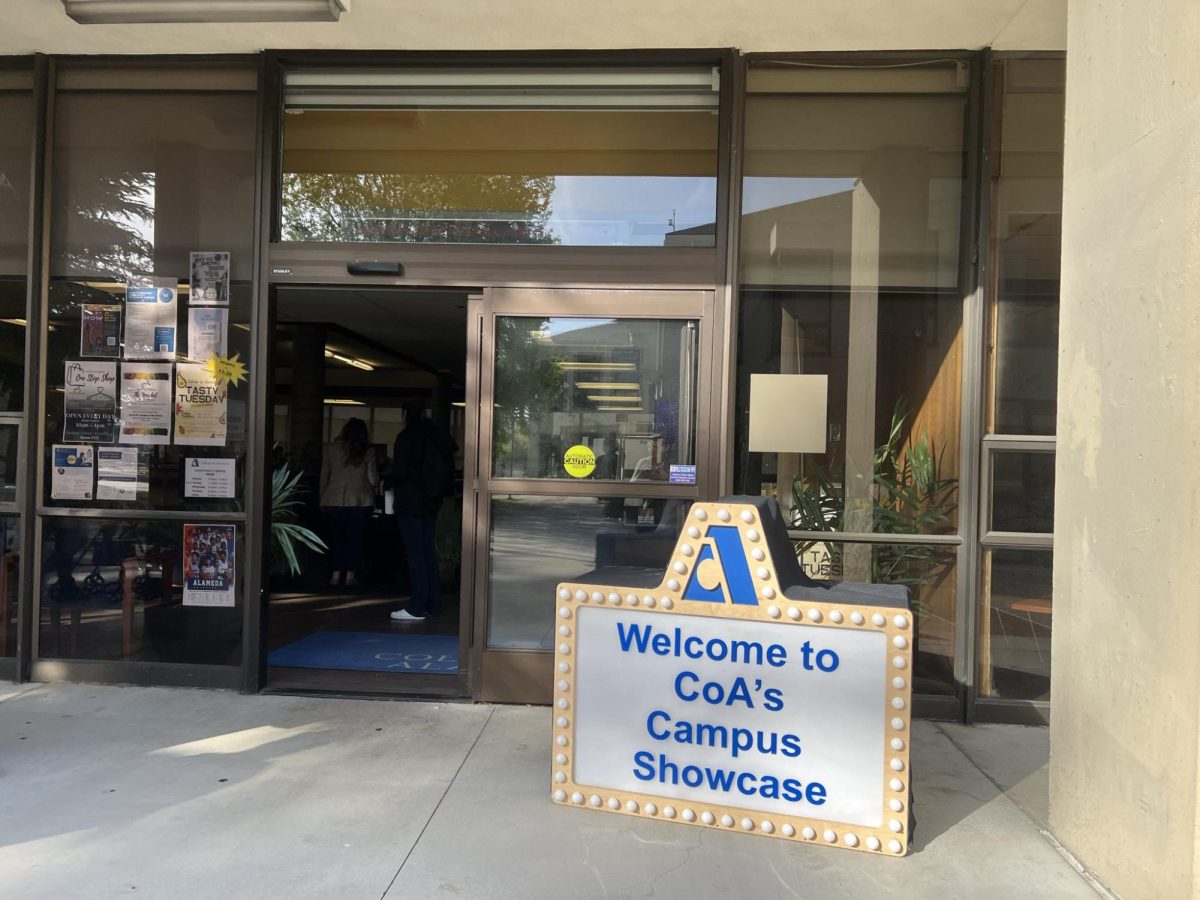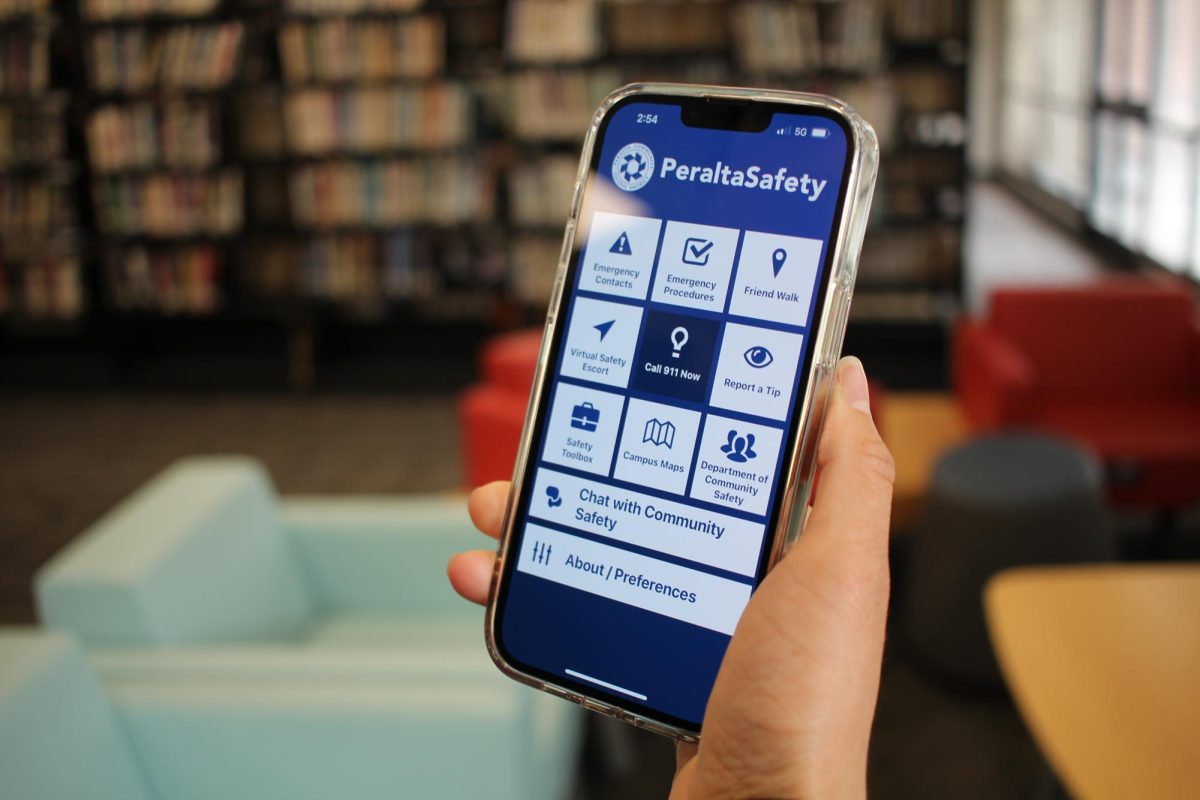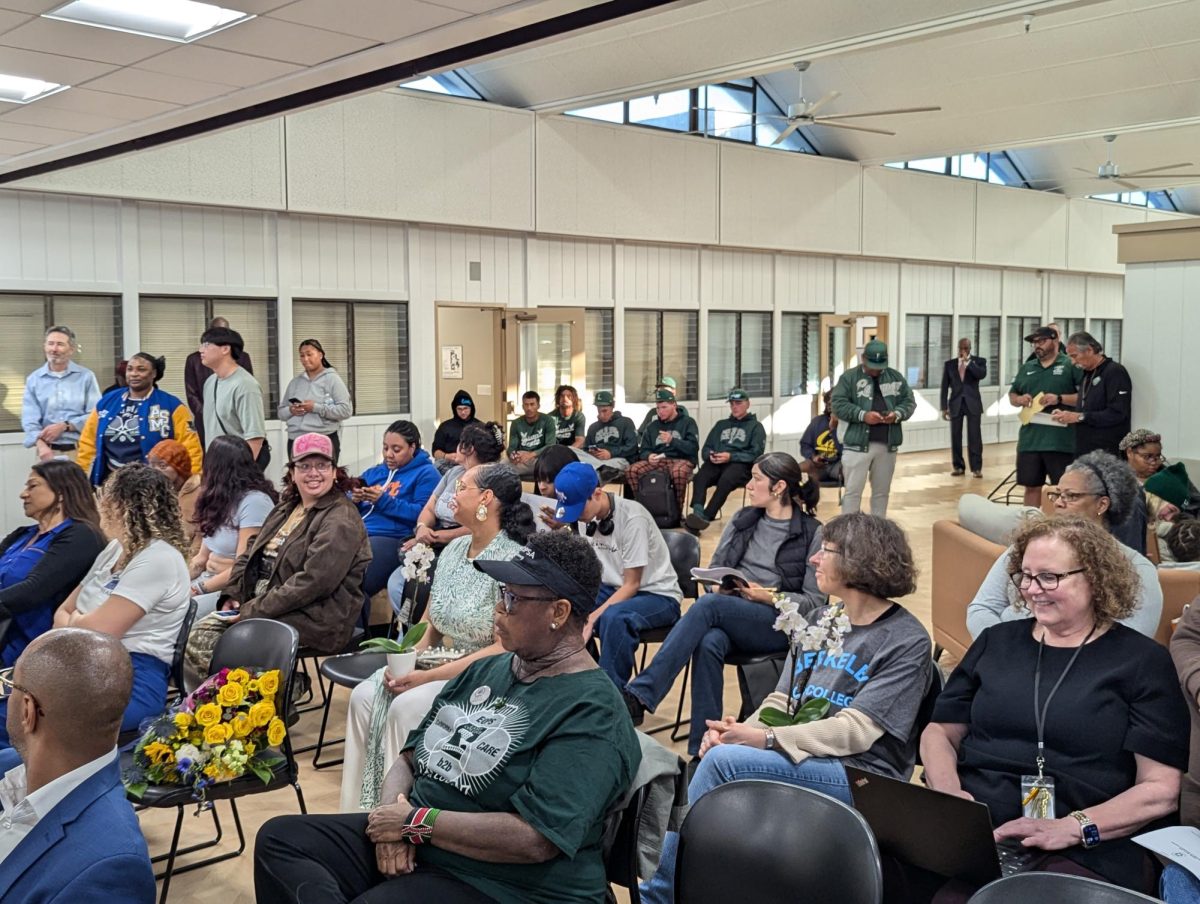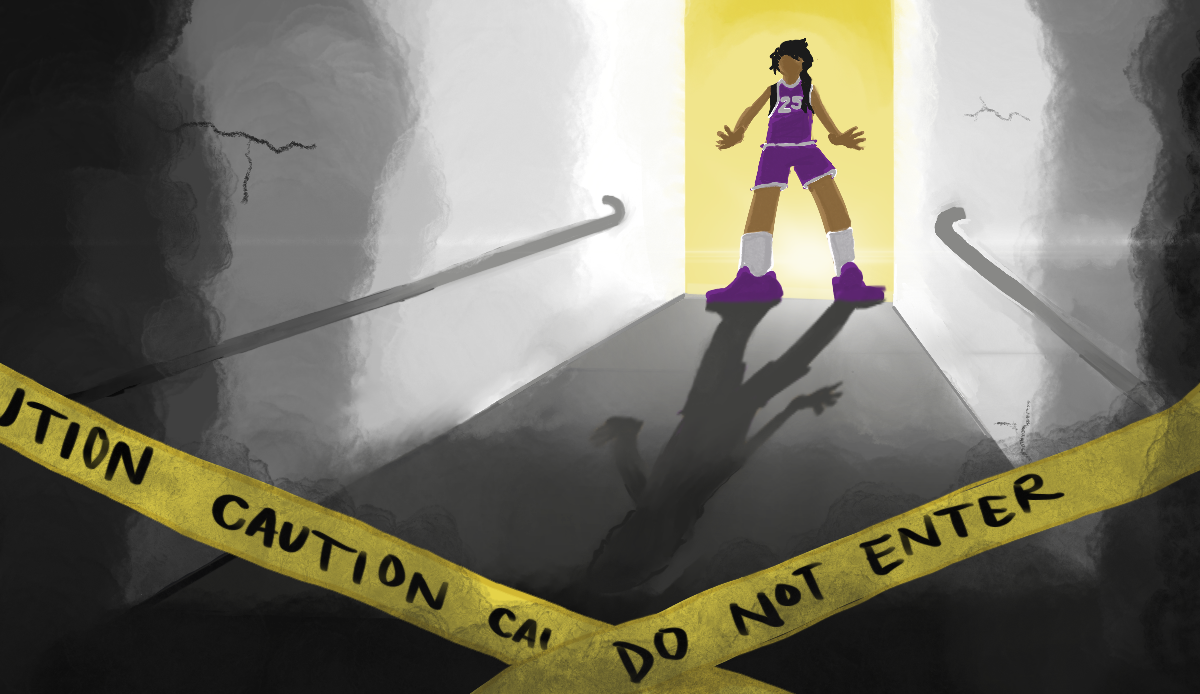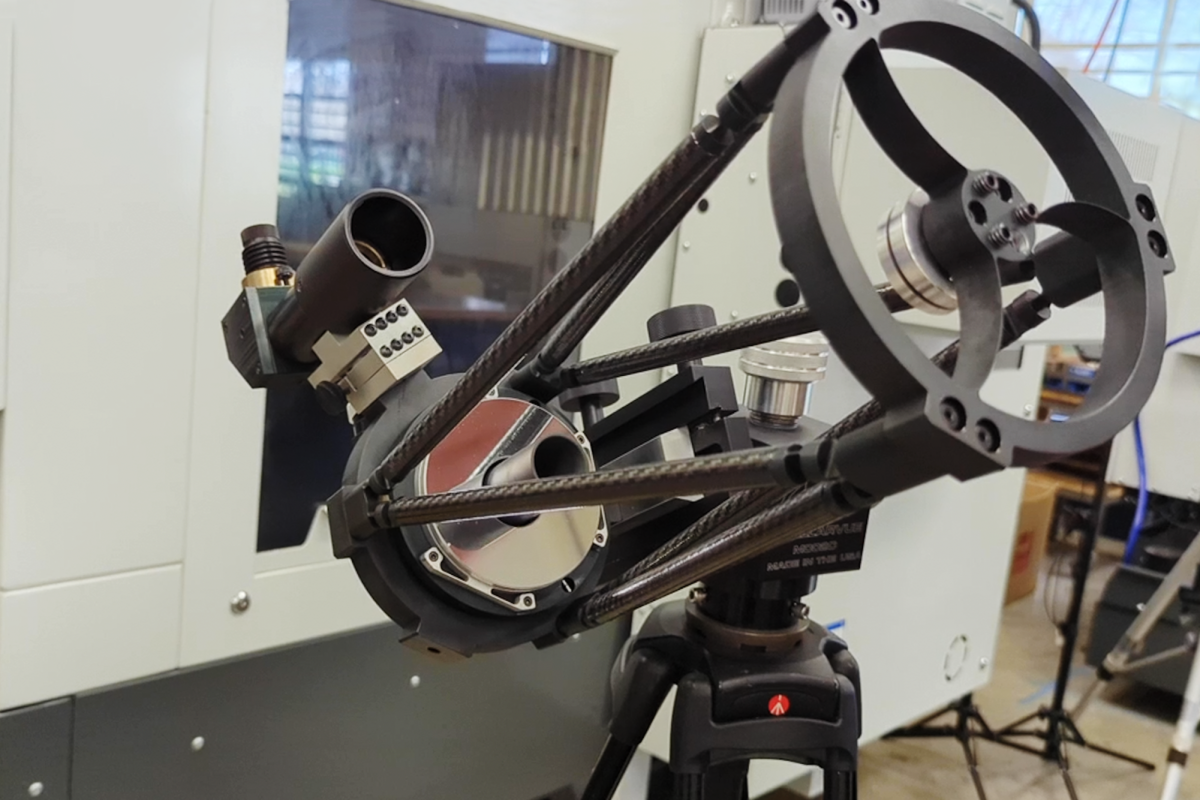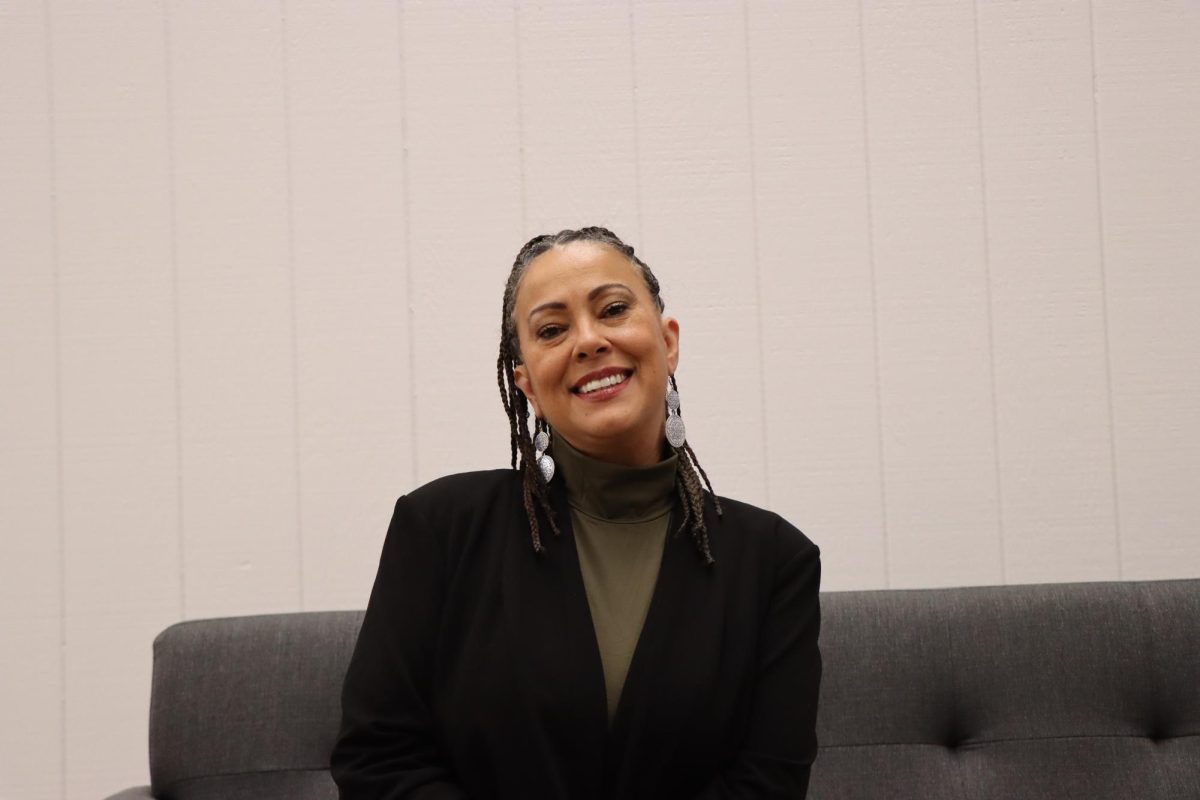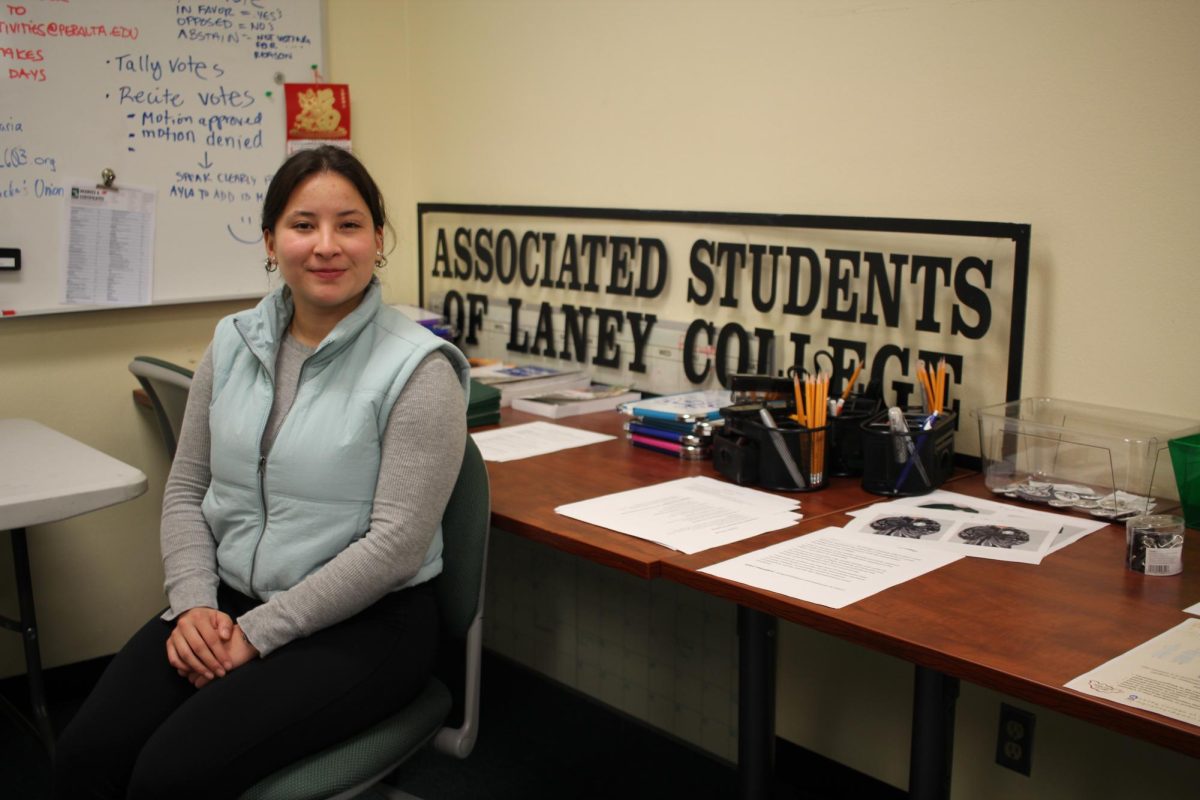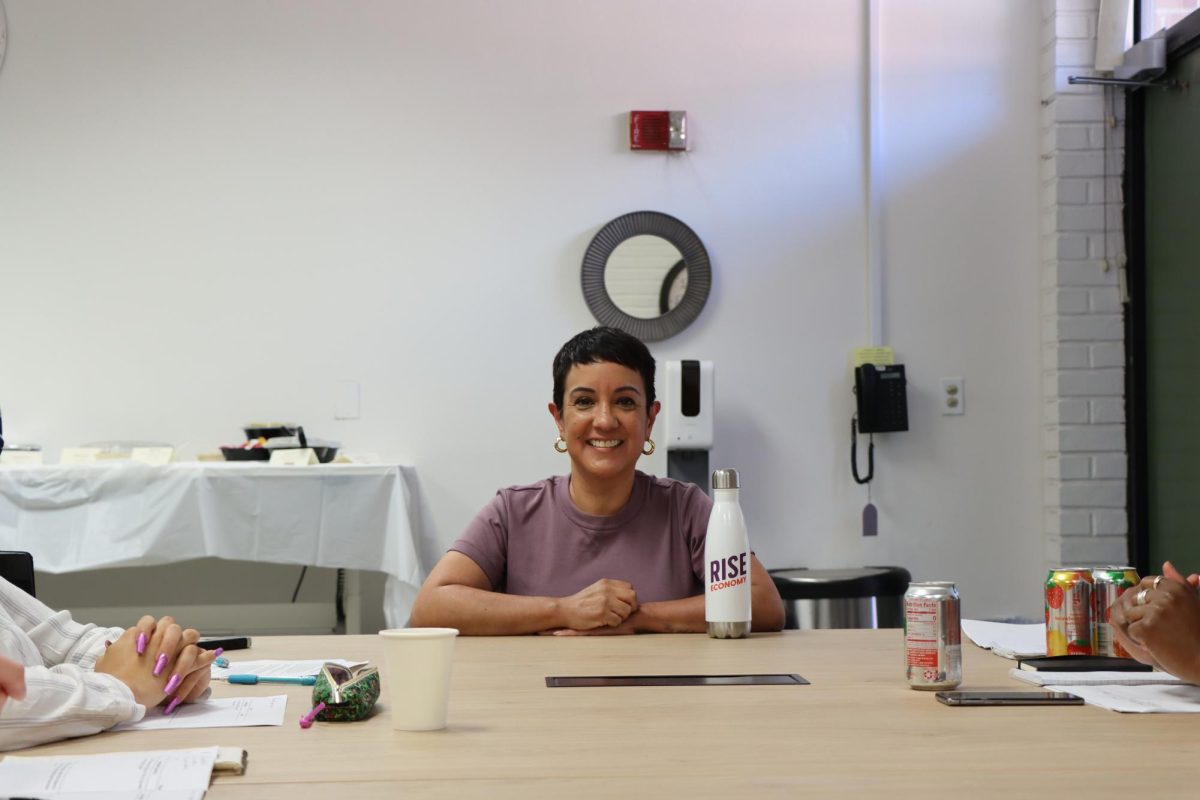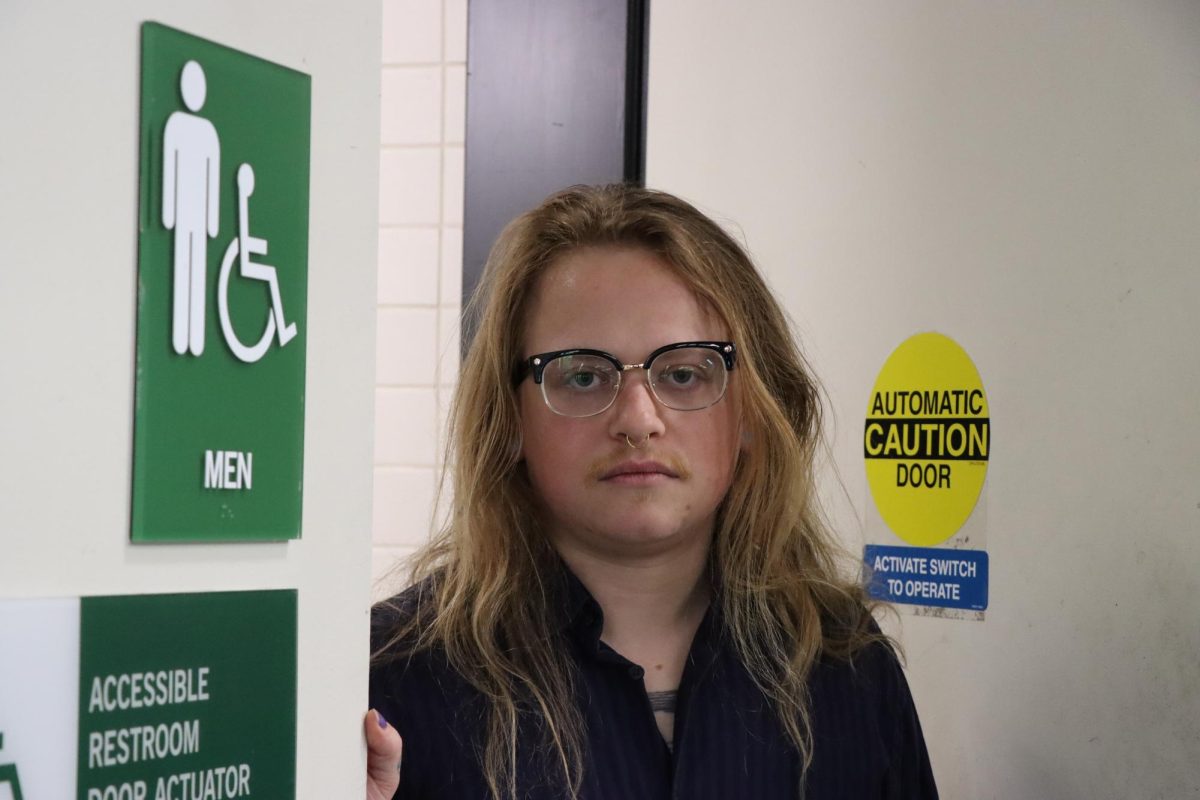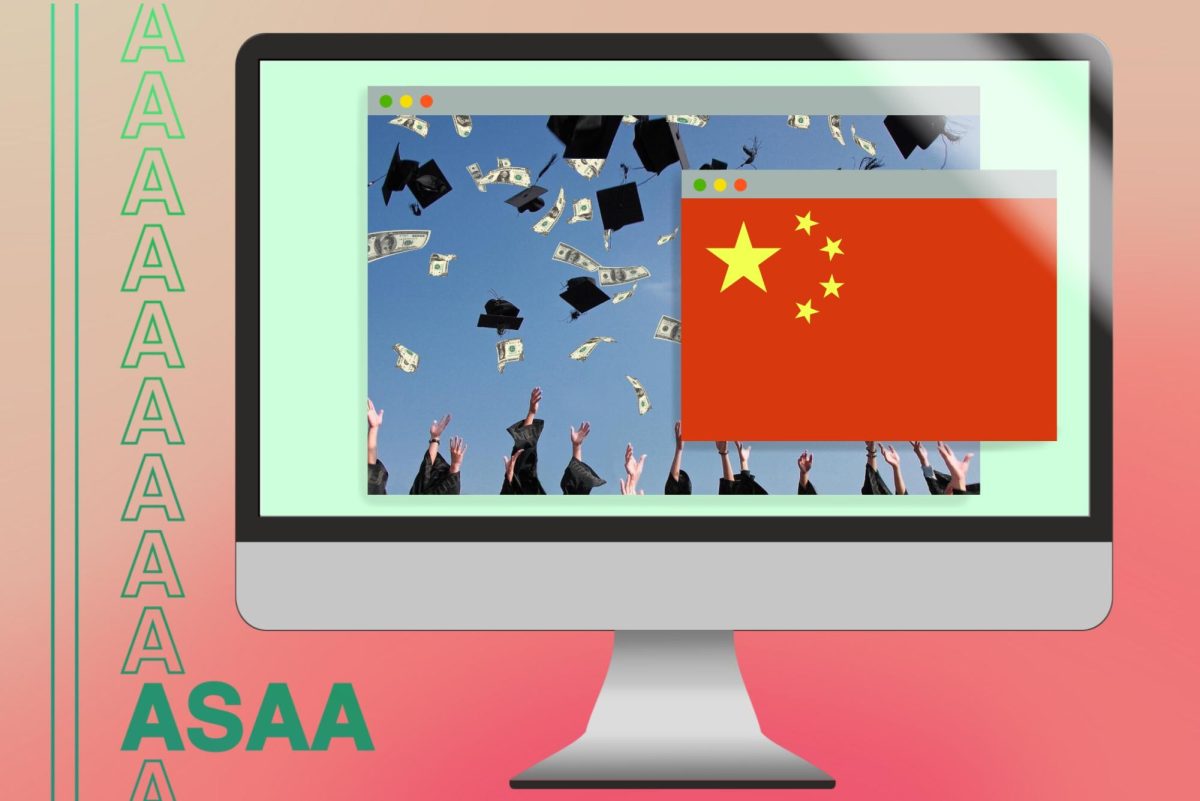There is growing discussion at Laney College and throughout Peralta about serious issues that may appear to be separate, but have a common thread.
Our district administration, led by Dr. Jowel Laguerre, has been much more responsive to concerns than certain previous administrations.
From his first statements, Dr. Laguerre has shown a desire to embrace and promote “the New Peralta Way”, featuring openness, transparency, willingness to help each other and be responsive to the needs of all, and has taken steps to implement these.
Every interaction I’ve had with him has been intelligent, personable, even enjoyable, and he has expressed a desire to overcome the problems we face, some of which date back decades.
So why is all not harmonious? Our attempts at progress are hampered by serious, ongoing limitations on funding:
Custodial and maintenance disastrously understaffed
Funding for tutors and Instructional Assistants cut (in our department, IAs are crucial for safety as well as instruction; this semester their employment was in grave doubt, and had to be paid for out of grant funding).
The District has no budget for preventive maintenance, which would require substantially more ongoing staff, and loses large amounts of money due to emergency repairs necessitated by lack of PM.
Faced with serious funding shortages in many departments, colleges compete for “their share” of BAM model funding .
Faculty who want to improve, or even maintain their department’s work must rely increasingly on grants, which are time-consuming, competitive, temporary, and in many cases sourced from corporate foundations.
These issues continue to seem intractable, and we are caught in a “zero-sum” game.
Within a fixed financial situation, we can only shift resources from one problem to another. Gone are the days of the California Master Plan, when schools were funded to provide students access to higher education regardless of income.
State funding must now be fought for with protracted electoral campaigns for measures like Propositions 30 and now 55, necessary because 30 is “sunsetting”.
Given our history, this generates an ongoing debate: are the problems we suffer from generated by simple incompetence and mismanagement, even corruption, or is there a larger agenda at work?
Is the lack of necessary funding a “natural disaster”, like a drought, in which we must all work together and tighten our belts, accepting adversity with good will and doing the best we can? Or is our system “broke on purpose”?
Are we being subjected to austerity policies which increase poverty & suffering for most, to ensure unimaginable wealth for others?
My thesis is that there is a serious, growing disagreement over strategy and policy between faculty, staff and students on the ground level, and administrators who are trying to make our schools and district function and “look good” to accreditors without enough money to accomplish the tasks. At Laney, faculty and classified staff are increasingly concerned about the impossible workloads and unsustainable conditions on campus.
Our students are increasingly stressed and impoverished, and we cannot do less than our best to help them move their lives forward.
We find we must insist on the resources and policies necessary to fulfill our mission; education accessible to all who want it.
I believe we all want to do the best thing for our students.
However, Dr. Laguerre’s strategy, as stated and as implemented, has disturbing elements to it:
Appointment of 5 new Vice Chancellors, now totaling 10, at an average $202K/year
His invitation to any and all, specifically to speak with him individually.
Instances of individual conversations with Shared Governance leaders which are later referred to by the Chancellor as “consultation”, a term referring to consultation with Shared Governance bodies.
Stated intention to emphasize contract education (education paid for by corporations for their employees, taught by Peralta faculty) to a level of “a 5th College”, located at and controlled by the District (not at individual colleges).
Increased emphasis (carried on from previous administrations) on out-of-state and international students, whose enrollment fees are 550% of in-state fees. International students are now over 10% of our student body.
Intentions to seek “public/private partnerships” and increased corporate/foundation funding.
Any one of these, taken alone, can be seen as a logical way of dealing with the problems we face.
So why are they disturbing? Because each of them strongly resembles business community (corporate) initiatives that privatize public education by making it more top-down, less democratic, less engaged with Shared Governance, less accessible to our most vulnerable and impoverished students (at least 10% are homeless!), less public, and more in tune with corporate needs for a small technical elite of workers, trained in the work of the corporation but not educated broadly as critical citizens of the world.
Again, no one wakes up and thinks “let’s ruin students’ lives!” These policies reflect the dangers of following our noses in today’s economy.
Administrators are not encouraged to challenge policies sent down from above, but rather to follow what is offered them.
More and more, the options are either corporate (bond issues are loans, which must be repaid to investors to their profit; grants are either from corporations or their foundations), or from the government acting on behalf of corporate interests with programs narrowly tailored to vocational programs in certain fields. Funding, control, and access become less public, more private.
The most dangerous thing is a war where only one side knows about it.
There is an attack on public education, marshaled by corporations to turn public education (and public everything) purely to the needs of profit and corporate power.
They are proceeding with strategy, and they are winning. “Austerity” tells us there is no money for public needs, but corporations stash $23 Trillion offshore in tax havens.
We cannot stop this without a strategy that reflects our opponent’s strategy.
Only public funding can protect and develop public education as a human right accessible to all.
It is the responsibility of government to defend the population against corporate greed, not to defend the corporations.
There is not an easy way out of this, for any of us.
I deeply believe we must take care of each other, and work together toward guaranteeing that every human being can access education without limits. Everybody in, no one out.
When a group of students and faculty discussed these questions with Dr. Laguerre, we challenged him to “be a warrior for full public funding for education”.
His response was sympathetic, but cautious; “Well, you know, sometimes warriors get killed!”
And you know he’s right; no chancellor or president will get praise from above for reaching out to their colleagues all across the State and USA to organize their campuses and raise a unified roar for full public funding, crying out the truth about corporate designs. They’ll risk punishment.
But it’s the only way to unify with educators and students who cannot back down.
I would like us all to be on the same side, but as educators we must fight for education as a sacred public trust, an asset not to be taken away or diminished.
Recommended links
“Landmark Look at US Charter System Reveals Waste, Fraud, ‘Ghost Schools’” from Common Dreams (https://goo.gl/Hrzt9m)
“Years of Cuts Threaten to Put College Out of Reach for More Students” from the Center on Budget and Policy Priorities (https://goo.gl/3G3rv2)
The Tax Free Tour, a documentary from VPRO Backlight (https://goo.gl/R38tGl)
The Digital Disruption: Technology & Economics for the 99%, a documentary (https://goo.gl/0R2Ga4)
By Peter Brown
LANEY COLLEGE MACHINE TECH INSTRUCTOR


